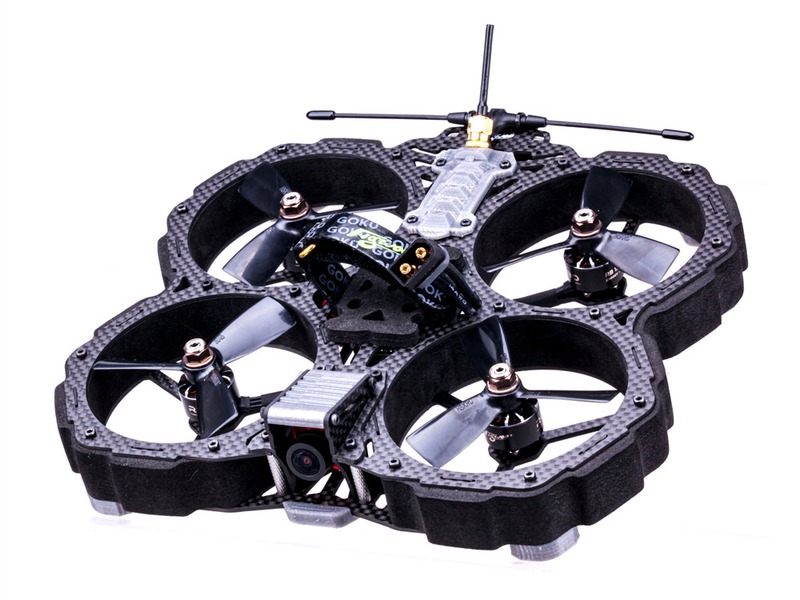How far can a military drone fly?

Military drones, also known as unmanned aerial vehicles (UAVs), are aircraft that are remotely operated and lack a human pilot on board. They are increasingly being used by militaries around the world for a variety of purposes, from reconnaissance to missile strikes. One of the key considerations for military planners when choosing a drone is the distance it can fly. This is known as its range.
The range of a military drone depends on a number of factors, including its design, size, payload, and propulsion system. Generally speaking, the larger and more powerful the drone, the farther it can fly. For example, the U.S. Air Force’s MQ-9 Reaper drone has a maximum range of 1,150 miles, while the U.S. Navy’s RQ-4 Global Hawk drone has a range of up to 8,700 miles.
The type of fuel used by a drone also affects its range. Drones typically use either gasoline or electric batteries as their fuel source. Gasoline-powered drones tend to have a much longer range than electric-powered drones, but their fuel tanks are also much heavier, which can limit the amount of payload they can carry. Electric-powered drones, on the other hand, are much lighter and can therefore carry more payload.
Finally, the weather conditions and geography of the area where the drone is flying can also affect its range. If a drone is flying in an area with strong headwinds, for example, it will require more fuel to reach its destination and therefore have a shorter range. Similarly, if the drone is flying in an area with a lot of obstacles, such as mountains or tall buildings, it may have to take a longer route to avoid them, again reducing its range.
In summary, the range of a military drone depends on a variety of factors, including its design, size, payload, and propulsion system. Generally speaking, the larger and more powerful the drone, the farther it can fly. The type of fuel used and the weather and geography of the area where the drone is flying can also affect its range.
Comments / Question
2. Flight Path Planning: A detailed flight path is planned out before the drone takes off. This includes avoiding obstacles, hazardous weather conditions, and other potential risks.
3. Automatic Collision Avoidance: Many military drones are equipped with automatic collision avoidance systems that detect and avoid obstacles in the flight path.
4. Remote Monitoring: All military drones are remotely monitored by an operator who can take control of the drone if needed.
5. Emergency Protocols: In the event of an emergency, the drone can be programmed to follow a set of predetermined safety protocols. These protocols can include returning to base, landing in a safe area, or self-destructing.

